Explore places with Nithesh Tours And Travels
Day 3
Sri Veeranarayana Swami Temple Bellavadi
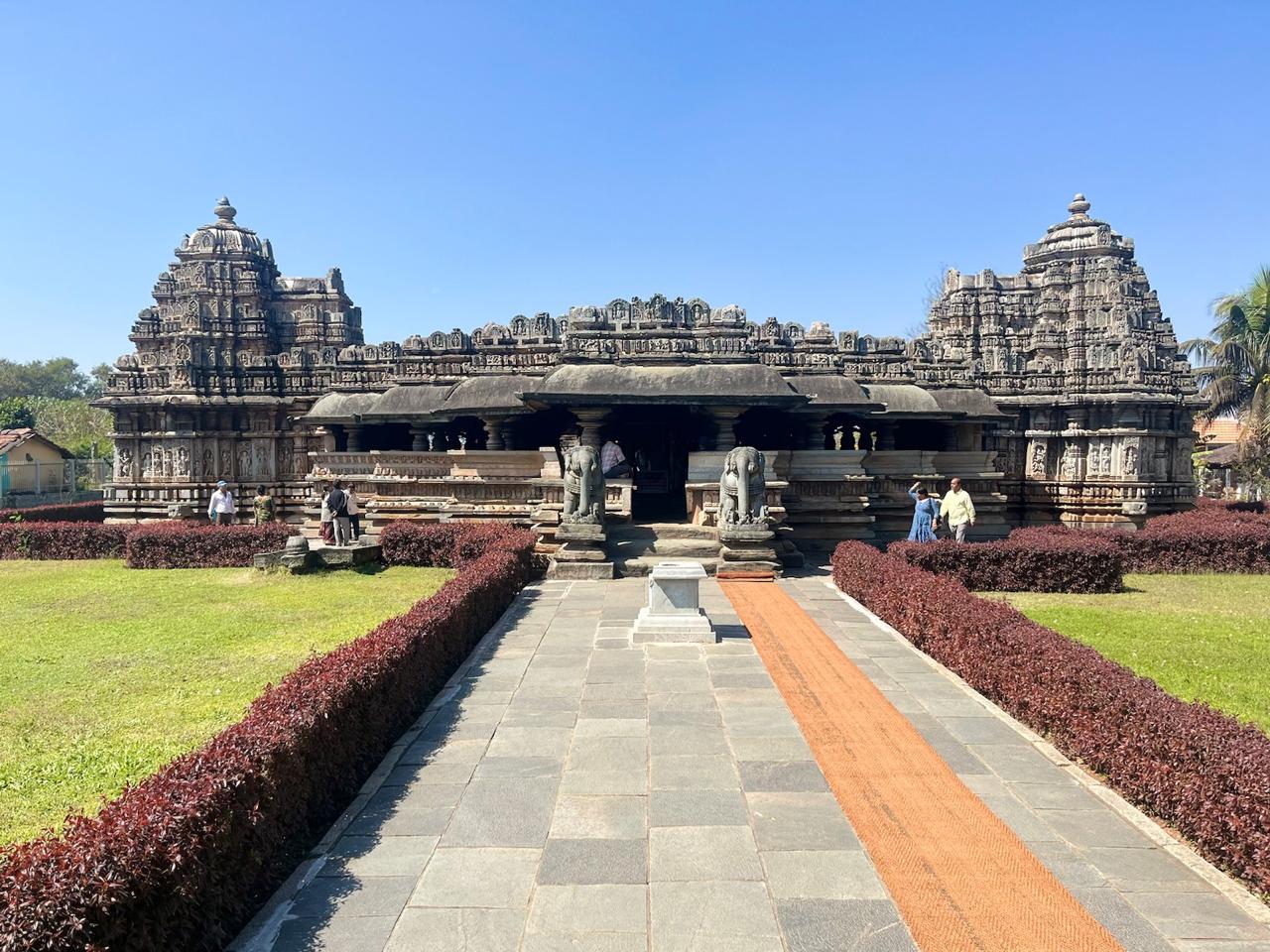
The Veera Narayana temple, also referred to as the Viranarayana temple of Belavadi, is a triple Hindu temple with a complex Hoysala architecture completed around 1200 CE. Close to Halebidu, this is a better preserved large Hoysala monument found in the small village of Belavadi, Chikkamagaluru district.
Hoysaleshwara Temple Halebedu
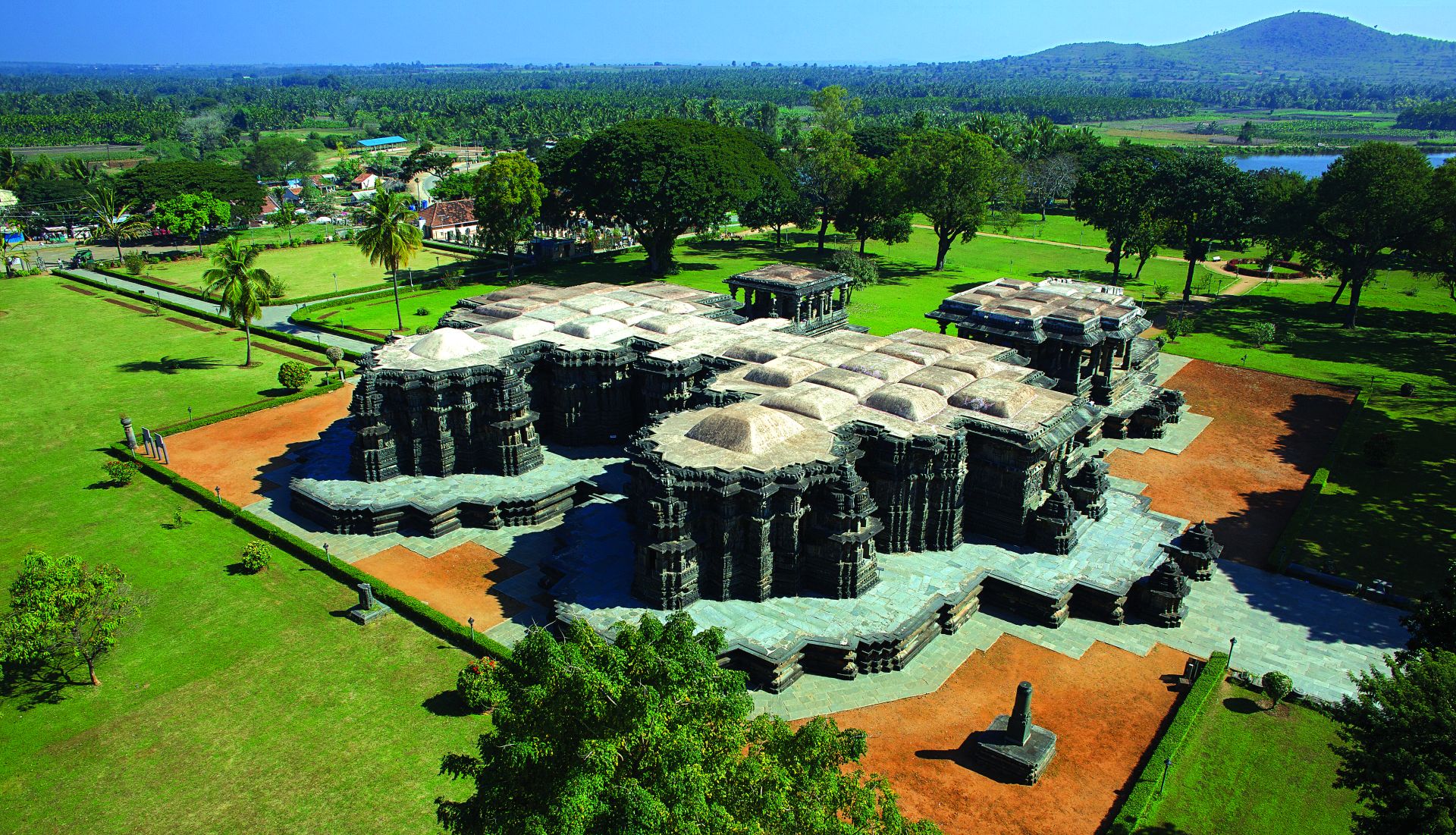
Hoysaleswara temple, also referred simply as the Halebidu temple, is a 12th-century Hindu temple dedicated to the god Shiva. It is the largest monument in Halebidu, a town in the state of Karnataka, India and the former capital of the Hoysala Empire. The temple was built on the banks of a large man-made lake, and sponsored by King Vishnuvardhana of the Hoysala Empire. Its construction started around 1121 CE and was complete in 1160 CE.
Shri kedareshwar Temple Halebedu
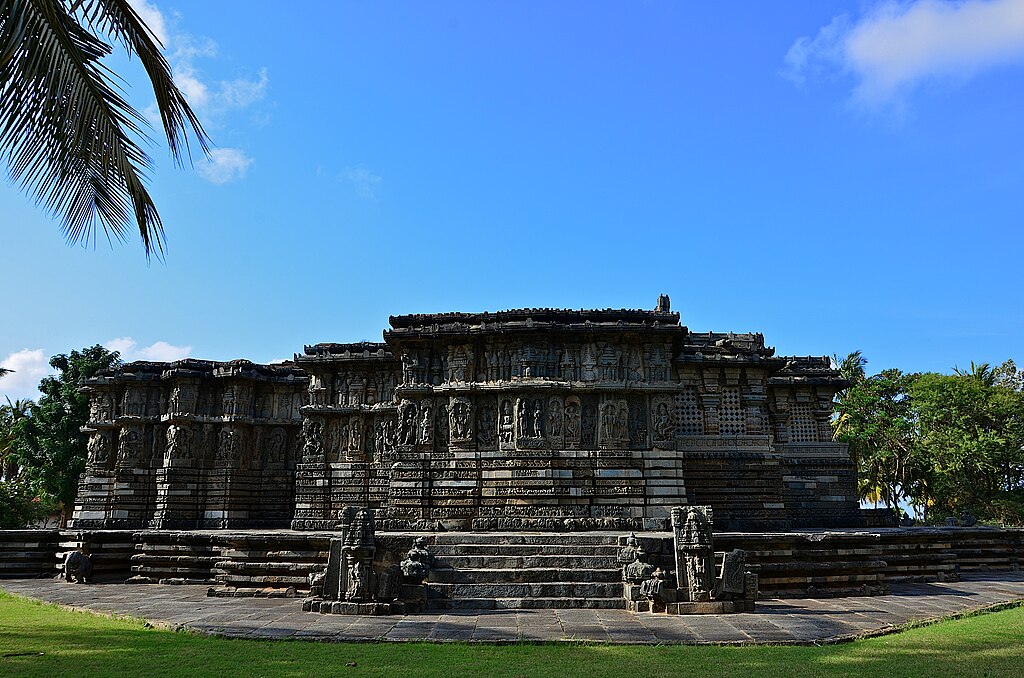
Kedareshwara Temple is a Hoysala era construction in the historically important town of Halebidu, in the Hassan district of Karnataka state, India. It is located a short distance away from the famous Hoysaleswara Temple. The temple was constructed by Hoysala King Veera Ballala II (r. 1173-1220 CE) and his Queen Ketaladevi, and the main deity is Ishwara (another name for the Hindu god Shiva). The temple is protected as a monument of national importance by the Archaeological Survey of India.
Shri Chennakeshava Temple Belur
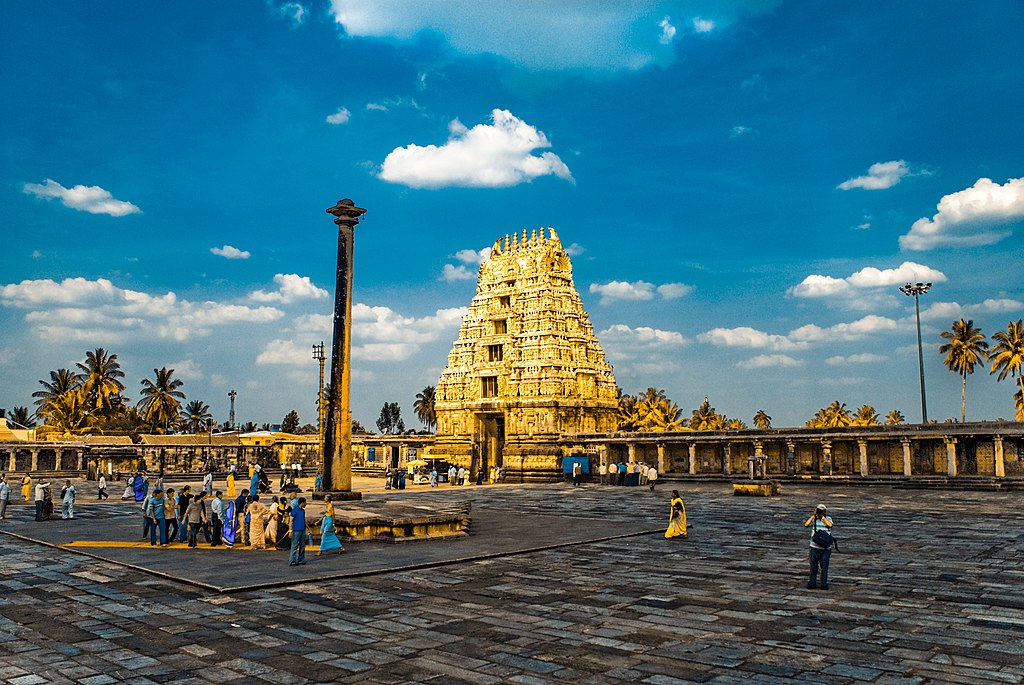
Chennakeshava Temple is a 12th-century Hindu temple in, Hassan district of Karnataka state, India. It was commissioned by King Vishnuvardhana in 1117 CE, on the banks of the Yagachi River in Belur, an early Hoysala Empire capital. The temple was built over three generations and took 103 years to finish. It was repeatedly damaged and plundered during wars, repeatedly rebuilt and repaired over its history. It is 35 km from Hassan city and about 220 km from Bengaluru.
Yagachi Dam
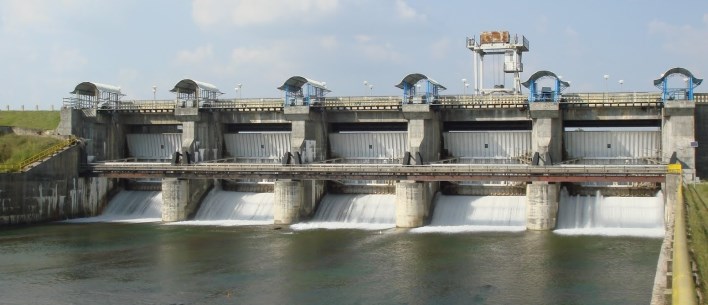
It's on the way to Chikmagalur, 3kM from Belur & just next to the road, worth a visit of max 10min. A relatively small dam that can be viewed from the side. A small garden & pathway is available for walking. Photo/Videography is allowed. Further 2kM down, 1KM from highway & drive on mud road, you will find the Yagachi Water sports facility on the backwaters of the same dam.
Hiremagalur Kodanda Ramachandra Swamy Temple
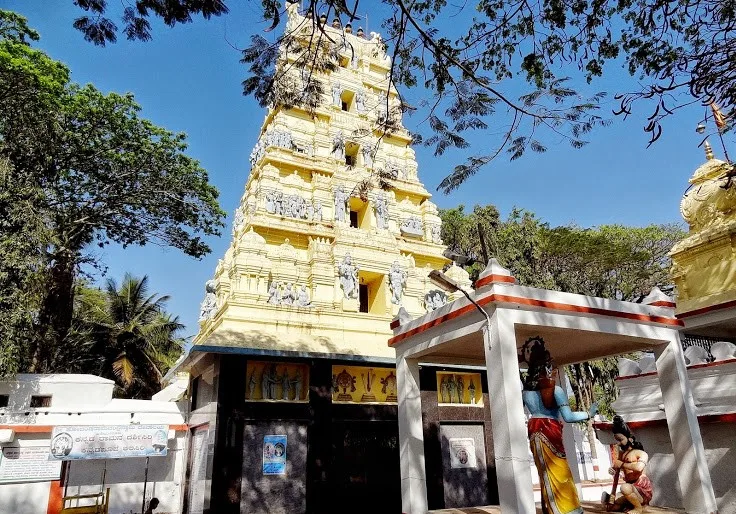
The temple is State protected and appears to have been constructed in three stages, with its garbhagrha and sukhanasi structures in the Hoysala style. The remaining portions are additions in Dravidian style. The present navaranga is of the 14th century. While the mukhamandapa may be of the 16th century. The outer walls of the garbhagruha and vestibule are raised on a square basement which consists of six cornices. The outer walls of the navaranga and mukhamandapa are built with brick and mortar. The projection of the vestibule appears to be of the 17th century.